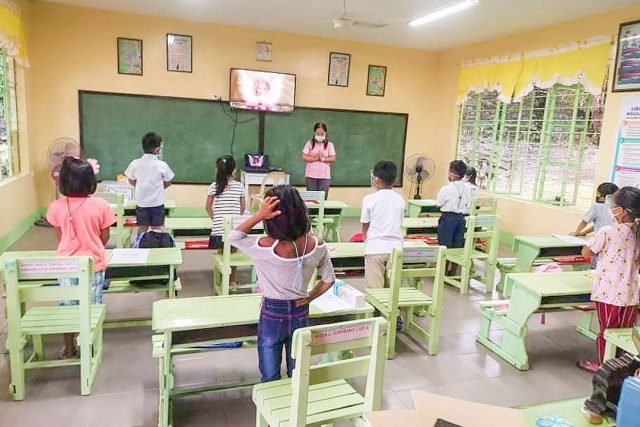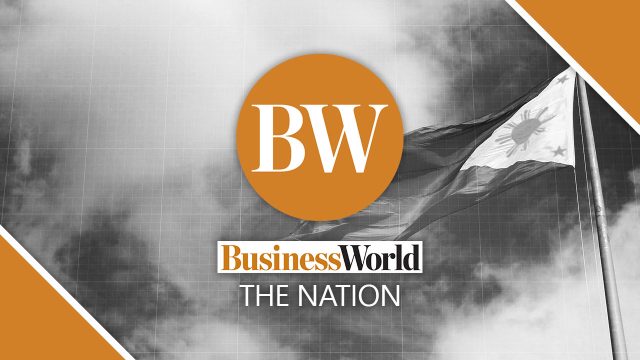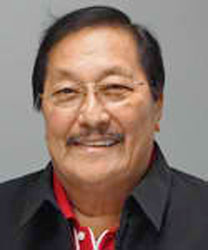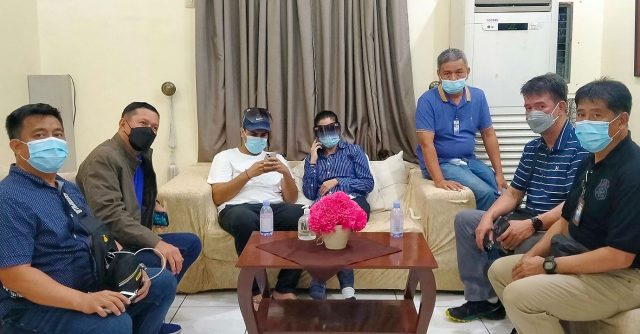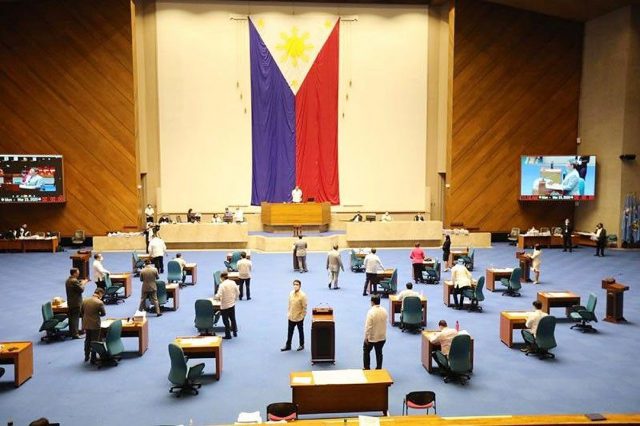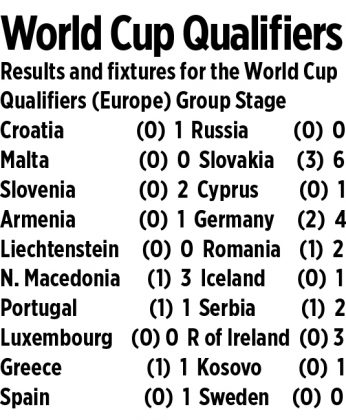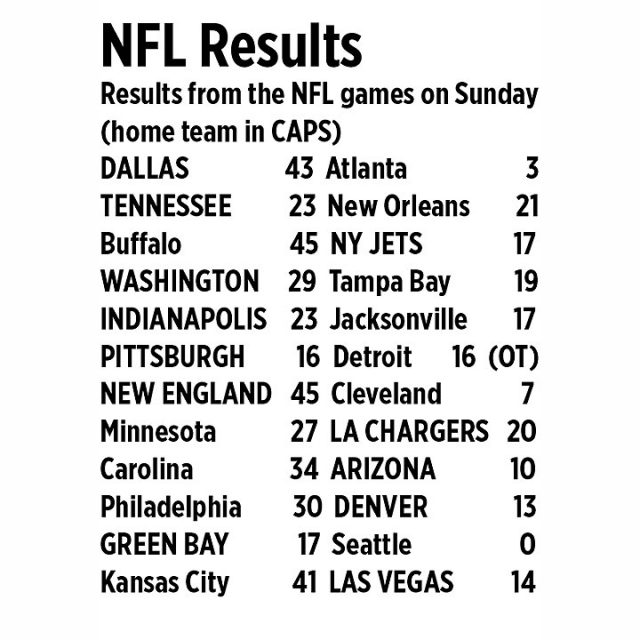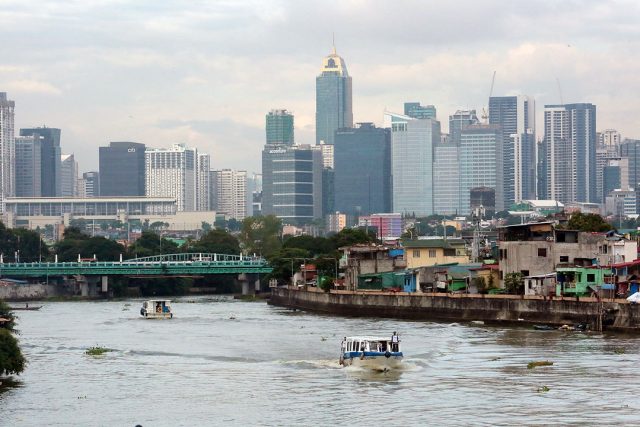The political season is upon us. As in all national elections, everyone’s distracted by it. Trolling, black propaganda, partisan mudslinging, backstabbing, and all the negatives of self-serving politics are overpowering the nation’s consciousness. Once again it will be about winnability at all costs. Voters will be entertained and pandered to; lots of money will flow to buy the vote and the count. Substantive intergenerational and nation-building issues will be skimmed through; no depth, no breadth, no cogent plan to deal with it. We keep electing the unworthy, yet, foolishly expecting different results.
Time and again it’s been said that we’re a society that’s long on rhetoric and posturing but short on action and performance. We go through the motions merely to gain favor. To use an overused cliché, we talk the talk but don’t walk the talk. We’re good planners but terrible implementors. We don’t mean what we say nor say what we mean. No word of honor; it’s just a word. Everyone wants to be the boss giving orders without ensuring that the work was thorough, on time, within budget, and according to specs. We want the best in life the quickest way possible by hook or by crook. Taking the short cut is endemic in the way we do things.
Self-interest continues to lord it over the national interest. It suits our short-cut mentality. Self-interest is naturally divisive, which explains our fractured state. On the other hand, protecting the national interest requires unity of common purpose despite our socio-cultural diversity. United we are not. Example: geopolitical debates almost always boil down to who’s pro-American or pro-China. Nowhere in sight is our national interest. If at all, a passing mention is made without understanding what it is and what it takes to protect and advance it.
If we were real patriots (at least a critical mass of, say, a third of the population), we won’t be tolerating the repeated inefficiency, crime, corruption, treachery, and negligence that’s defined us through decades without learning its lessons, like only an idiot nation can. But then again, patriotism is just another word to mouth just to sound good. Our national decay began with the failure of education, yet, we haven’t arrested the slide that we’ve been squawking about for decades. Which explains the loss of our moral compass; the lack of knowledge of everything, critical thought, and patriotism; and limited sense of civic duty and responsibility.
Ok, enough said. Let’s tackle a crucial matter — the absolute necessity for us to think long-term; a firm vision of what we want to be; how we’re going to go about it; and the kind of people we need to have in places of command and control beyond the term of one administration to sustain the journey to the next level. Obviously we’re not like the great powers that think in terms of decades. We love short cuts, right? They set their goals way in advance, then engage in backward planning to map out their building blocks in stages with specific strategies, measures and metrics. They strive long and hard to earn their place in the sun.
One private institution that’s helping government institutions to think and plan long-term, i.e., transforming the way they think and do things, is the Institute for Solidarity in Asia (ISA) founded by former Secretary of Finance Jesus Estanislao. The ISA uses the Performance Governance System based on the Balanced Scorecard to help them and private corporations re-invent themselves; professionalizing and modernizing for the long pull; resetting mindsets to ensure continuity of effort until the vision is attained, after which they’d start over aiming for the next level.
From where I sit, the results have been promising but not without episodes of backsliding or freezing subject to changes in leadership, degree of commitment to the program, and quality of the team or bureaucracy in each organization to sustain the effort. In the case of government, I noted through the years that while elements considered to be its vital arms, legs, and organs are participants, Malacañang’s overwatch has been perceived to be minimal at best. National and local government continue to dysfunction in many areas of statecraft, lacking direction and integration of effort to harness national power, from the bottom up, in the national interest.
Its perceived lack of involvement is unfair to those who diligently hammered out the National Security Policy for 2017-2022, and the 2018 National Security Strategy that flowed from it, that was based on the security-development nexus. They could do a better job if only the national leadership would be more attentive, purposive, and decisive in enforcing the approved policy and strategy. A thorough performance audit is in order to determine to what extent the country’s national security interests have been accorded proper planning and resource allocation, and whether our elements of national power have been enhanced in the process.
For example: Have our collective actions and recorded performance been reflective of our core national values of maka-Diyos (God-fearing), makatao (humane), makabayan (patriotic) and maka-kalikasan (pro-environment)? To what extent has the national interest — national, economic, human and ecological security — been considered in the conduct of statecraft? Have our instruments of national power — political and legal; diplomatic; informational; intelligence; economic and technological; military and law enforcement — been effectively harnessed for a whole-of-nation approach to solve endemic problems and build our nation better?
For those of us who’ve come across various metrics from authoritative sources on how we rate and rank versus other nations — i.e., education, economy, quality of life, maturity, governance, integrity, will power, defense, justice, and patriotism — I’d say that, over-all, we’re in the second quartile from the bottom. Now, to get back to where I began, I don’t hear any party or candidate for high office giving us a sense of what they’ll do about these vital issues. Maybe as the campaign revs up, I may perceive a candidate or two possessing the right stuff. They may capture my vote and yours, but will they be counted? That’s for another op-ed.
This article reflects the personal opinion of the author and does not reflect the official stand of the Management Association of the Philippines or MAP.
Rafael “Raffy” M. Alunan III is a member of the MAP, chair of the Philippine Council for Foreign Relations, vice-chair of Pepsi-Cola Products Philippines, Inc., and sits on the boards of other companies as independent director.

